Violet, or Saintpaulia is one of the most beloved plants of flower growers. Graceful, and at the same time modest and gentle, it becomes an adornment of any interior. But, unfortunately, not only people like violets, but also parasitic insects, as well as harmful microorganisms. Ticks, scale insects, thrips, nematodes, aphids, mealybugs feel very comfortable settling on it. Fungus, bacteria, viruses can also spoil the beauty of the plant. Enormous damage to the plant is caused by powdery mildew, late blight, fusarium.
Most violet diseases have characteristic features that are clearly visible in photographs, so it is not so difficult to recognize the problem and correctly treat it. The main thing is not to lose time by detecting signs of the disease on the flower.
Content
General characteristics of violets
Uzambara violet belongs to the Gesneriev family. This flowering plant came to us from the mountainous regions of tropical Africa. You can also meet him in Japan and North America.
All types of flower, and there are more than five hundred, and according to some reports more than seven hundred, it is very difficult to describe. White, sky-blue, violet, light blue, pale and bright pink, cherry violet, dark lilac-blue, lilac-pink, terry and with corrugated petals along the very edge, large and small flowers, with proper care, please an eye up to nine months a year.
It is a grassy perennial. Its oval or wide-oval dark green top and light, and sometimes reddish bottom, leaves are covered with a soft, tickling, whitish fluff. They grow on long stalks and reach up to 8 cm in length. And the plant gives the first buds in the spring. These are single flowers with five petals of a lanceolate or ovoid form.
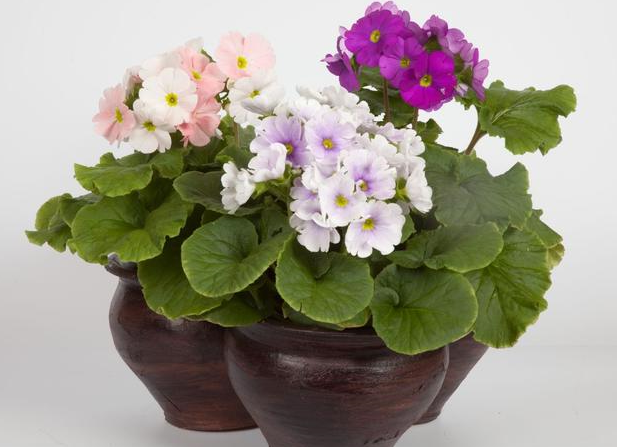 You may be interested in:
You may be interested in:Perhaps not many people know that violets are not only a home decoration. They are widely used in medicine. This plant is used to treat allergies, at high body temperature and as a diuretic.
Caring for a flower is simple, but you need to know the basic rules and adhere to them, since it is with improper care that the plant becomes ill.
What are the diseases of violets, and what to do for treatment
Incorrectly selected conditions can lead to the fact that the plant will be very weak or may even die. To avoid this, you need to carefully monitor lighting, watering and air temperature. It is necessary to observe the development of the flower, its growth and condition, in order to start treating it in time if signs of the disease appear on the leaves.
Of course, in order to choose the right therapy and understand what to do in a particular case, it is important to determine what the plant is sick with. There may be several reasons.
Powdery mildew
The first and, perhaps, the main sign of powdery mildew damage is a white coating, very reminiscent of flour, which covers the leaves. This is a fungus. Freshly transplanted plants, both young and old, become infected through spores in the soil. Other means of transmitting the disease are a diseased plant or a dirty instrument that was used in transplantation or propagation.
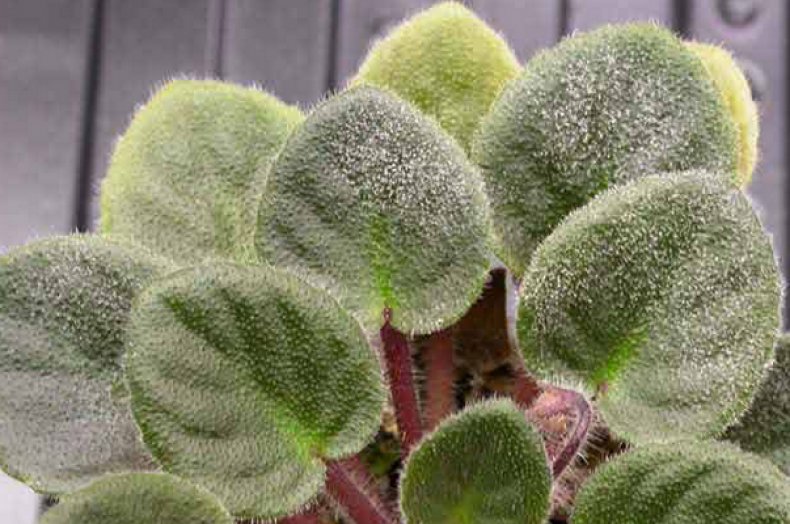
If you do not start treatment on time, ulcers appear on the leaves, the plant stops growing, weakens and dies. The first thing to do to save it is to tear off all the damaged leaves and sprinkle well both the green part and the soil with a warm solution of fungicide. Tools such as Topaz or Fundazol are best suited for this. They are safe for delicate violets. After processing, the pot should be placed in a dark place and left until completely dry. This will avoid sunburn.
There is also downy mildew. Preventive measures and the fight against it are the same, but the symptoms are different. At the very beginning of the disease, the lower part of the leaves is covered with a silver or white coating. Over time, light green, brown, or red spots appear on the top of the leaf plate. If you do not start treatment, the violet will die.
Rust
In the spring and winter, when there is very little sunlight, the plant weakens. This can cause activation of the Phragmidium fungus, which provokes a serious disease - rust. Signs of his presence are yellow-brown spots on one side of the leaf and pustules on the other. Often enough just a couple of drops of water on a plant or warm moist air in the room for the maturation of fungal spores.
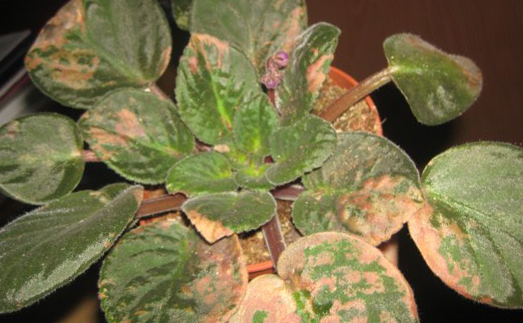
After opening the pustules, spores spread very quickly to other flowers. That is why, when a disease is detected, it is necessary to isolate the diseased plant, remove infected areas and treat with fungicide. “Fitosporin-M”, “Bactofit” and “Topaz” are successfully fighting rust, but if the disease is started, these drugs may not help. In this case, the flower pot must be disposed of, and the flower itself destroyed.
Rot
Lack of drainage in the pot, too much watering after the “dry regime”, soil hypothermia, poor-quality soil can lead to decay of the root system. Sluggish, inelastic leaves, soft petioles - all this suggests that the fungus phytopthora pythium has settled in the flower pot and the plant needs to be urgently saved.
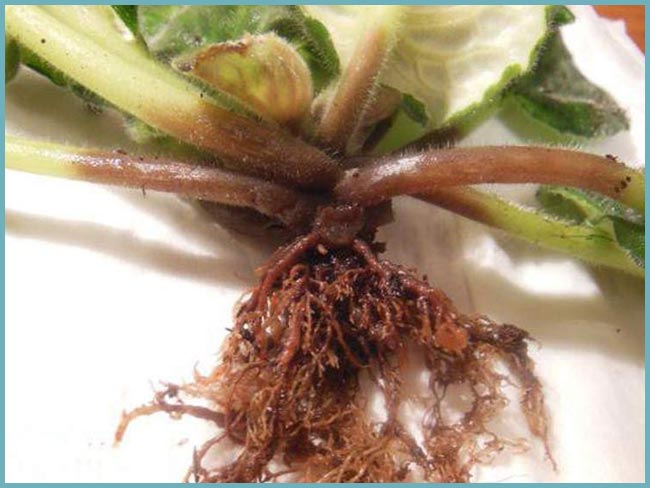
First of all, you need to carefully remove it and examine the roots. They should be white and the stem purple. If this is not so, then they are already infected and their damaged part needs to be cut off. Here, again, fungicide will come to the rescue. They need to spray the violet, cleaning the lower stems of the leaves by 1-1.5 cm, leave for 30 minutes, and then place in a solution for root formation.
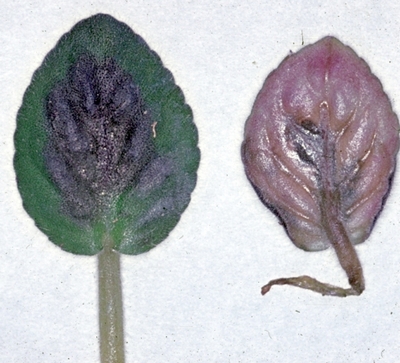
Brown is characterized by the appearance of whitish filamentous mycelium. Gray "gives" a fluffy coating.
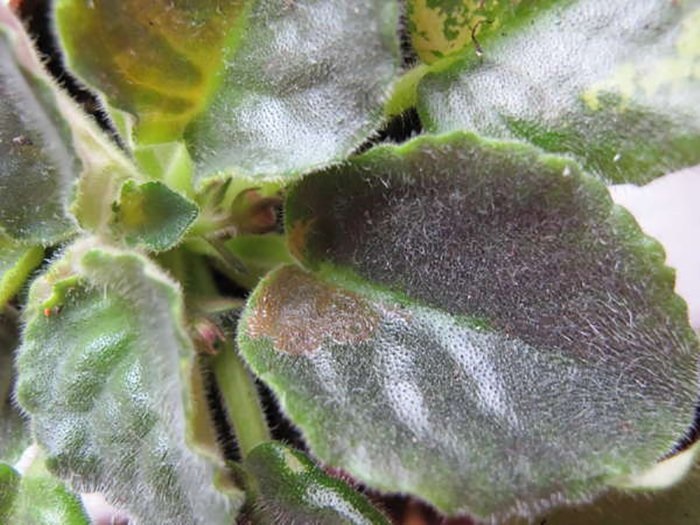
To avoid rotting violets, you need to ensure that the air is not excessively humid, do not spray outlets, water, avoiding stagnation of water.
Bacteriosis
For breeders of violets, a very responsible time is the heat season. In the summer, the plant may die from bacteriosis. This is due to improper watering. Perhaps, out of ignorance, some owners fill the flower or dry it.
Signs of bacteriosis are brown spots covering the stems, leaves and petioles, darkening of the stem, softening of the leaves and, ultimately, death. It is also dangerous that the disease easily spreads to plants standing nearby.
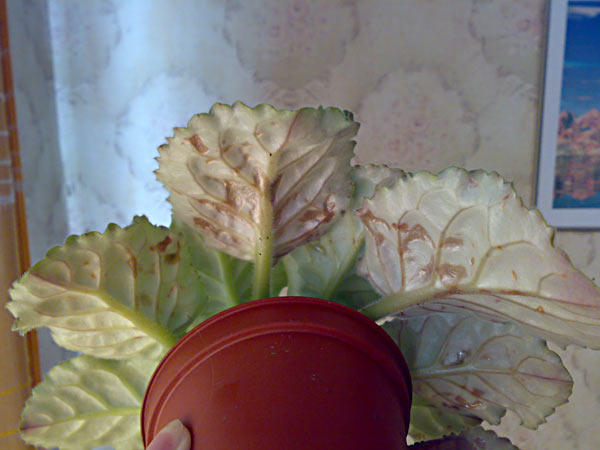
Particularly difficult time is July. The flower does not like the sun, it needs to be hidden in the shade, and leaving, leave drip irrigation. Another secret to the prevention of bacteriosis is a spring transplant in a pot with new soil and summer treatment with Epin. According to the reviews of experienced "violet guides" no other measures, including therapeutic ones, give a result.To protect the senpolia from this disease is possible only through proper agricultural practices.
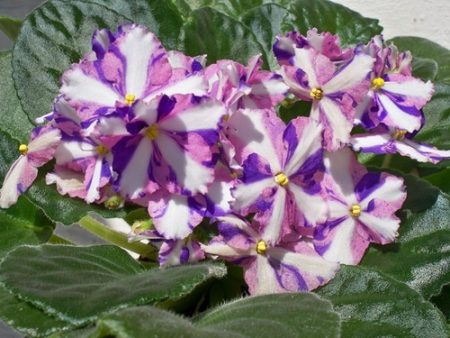 You may be interested in:
You may be interested in:Fusarium
Another dangerous disease that affects the roots, and then the leaves, stems and petioles of violets is fusarium. The roots rot, the lower leaves wither and fall off, the stems soften and die. The diseased plant must be isolated as quickly as possible so that the infection does not infect other violets.
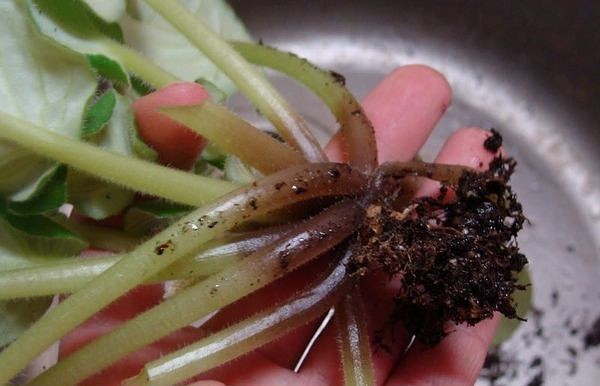
It is best to throw it away with the soil, and disinfect the pot with copper sulfate or fungicide. Prevention - the same watering mode. The monthly irrigation with phytosporin solution will also benefit.
Late blight
Kills violets and late blight. A sign of this disease is brown stems and a bare trunk. In this case, late blight can be caused by a fungus that penetrates through damaged areas of the plant.
Such a disease cannot be cured and the flower is best disposed of as soon as possible with the pot. If the flowerpot needs to be left, then it should be thoroughly sterilized. For prevention, it is necessary to introduce superphosphates into the soil and observe the irrigation regime.
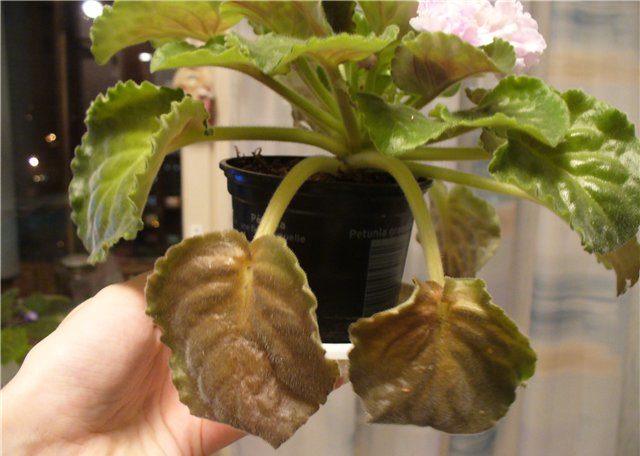
How to treat violets with pests
A lot of troubles to plants bring various pests. As mentioned above, the main ones are thrips, ticks, aphids, scabies, worms and nematodes.
Thrips
Crumbling pollen, yellow paths on violet leaves, stickiness, gray, yellow or whitish spots, small black dots, curled leaves, dried flowers and buds indicate the presence of thrips - insect parasites. In some cases, even running individuals can be seen.
It is quite difficult to get rid of them, as they adapt to any chemistry. It is important to say that even if adult insects die, new ones will soon hatch from the larvae.
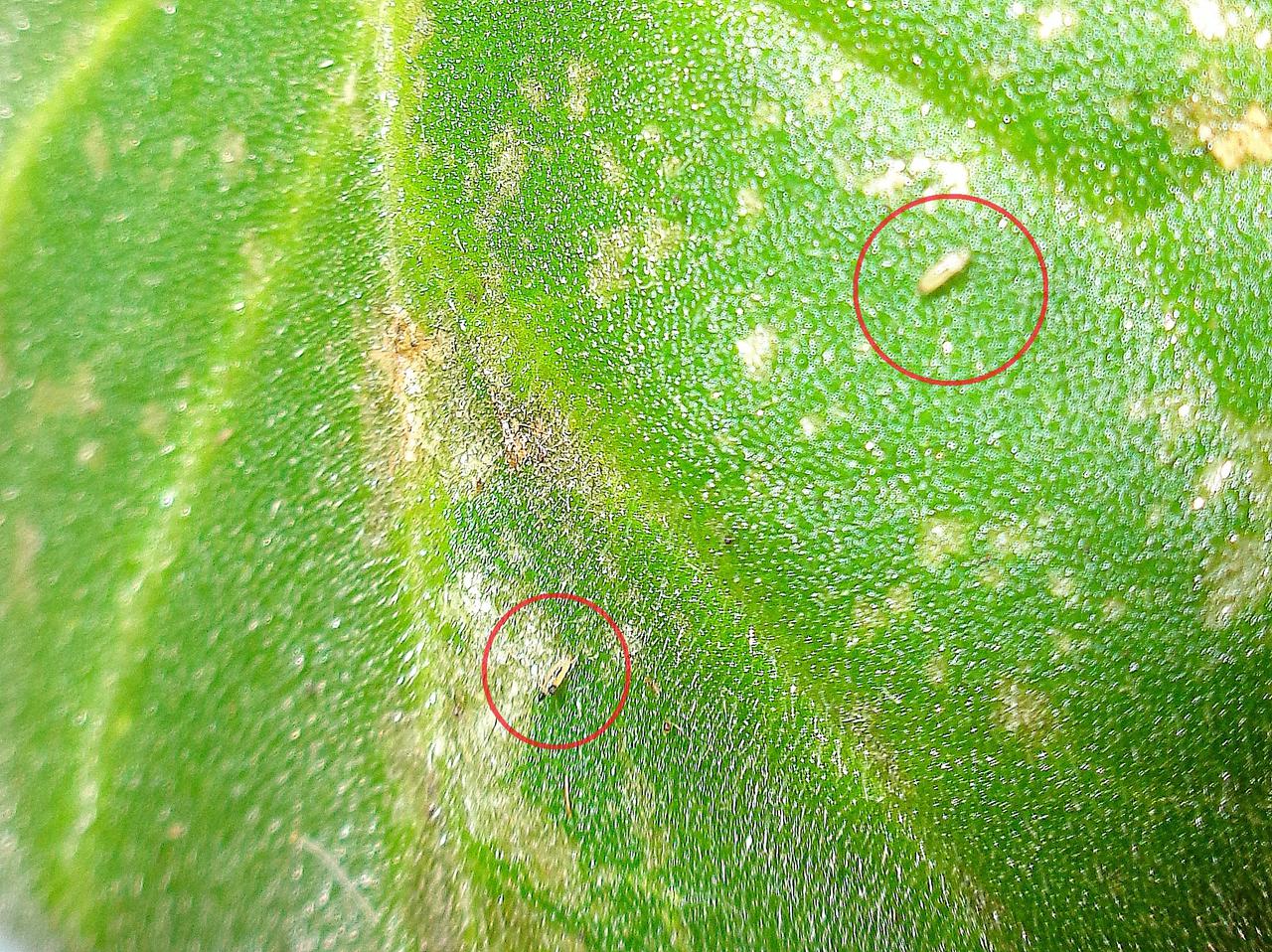
There is another way. Saintpaulia needs to be sprayed with Aktar solution, and then, covered with a plastic bag, quarantined for 24 hours. To completely get rid of thrips, this procedure needs to be done several times to destroy all the larvae.
Having treated the plant in this way, it is advisable to transplant it or renew the topsoil.
Ticks
Attractive violet for ticks. They really like her juice. The most famous type of this parasite is the spider mite. The presence of this pest is easy to determine, it is produced by a thin cobweb, as well as lost and dried leaves.
Yellow spots, compacted leaves indicate cyclamen mite. Because of it, the flower stops growing and blooming.
But a plant can even die from a tick of a plano if it is not helped during the time. This species is rare, but does great damage. A sign of such a "lodger" is the leaves wrapped inside.

To combat this pest, both traditional methods and “professional” methods are used using chemical preparations.
People's advice is to treat petioles and leaves with alcohol. Suitable alcohol or vodka. After a few days, you need to spray the flower with infusion of onion peels. For this, 80 g of husk is poured with three liters of boiling water, insisted for several days and filtered. All plants in the room need to be processed.
Of the chemicals, Apollo, Neoron, and Fitoverm can be advised. They all do their job well.
Shield
On the violet parasitizes and scale insects. However, getting rid of it is quite difficult. Only one female produces many future pests. Its larvae feed on the juice of violets, while destroying the plant itself. The lower part of the leaves of the flower is covered with brown-red shields, and the upper one is covered with yellow spots. But this is not all the harm: an adult insect secretes sticky mucus - a great place for the reproduction of the fungus.
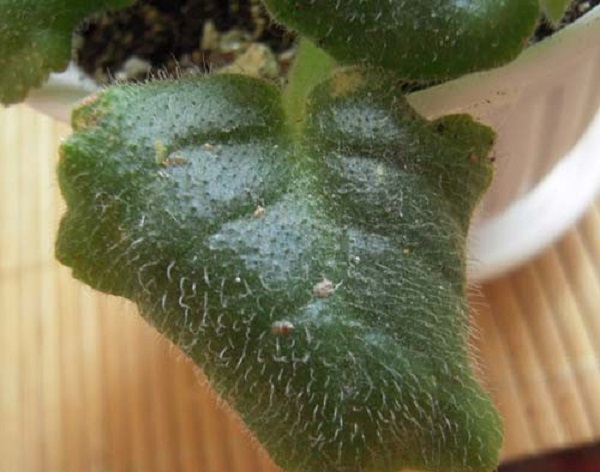
A cotton swab dipped in Actellik, Aktara or Karbofos will help get rid of this pest. Such a simple method is suitable for machining a plant. You can use soapy water with kerosene (it needs only a few drops) or olive oil - 1 liter of water for 2 tbsp. l oils. The solution must be used to treat all leaves and petioles of violets.
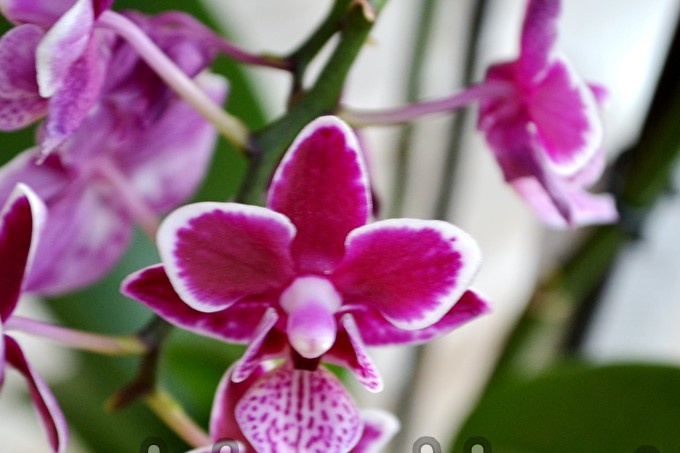 You may be interested in:
You may be interested in:Nematodes
Nematodes are worms that infect the root system. In appearance they are transparent, threadlike. They can reach 2 mm in length. The main signs of the presence of “unexpected guests” are: a thick stem, short petioles or none at all, dense dark green leaves with the edges turned inside, small twisted flowers, black or brown roots.
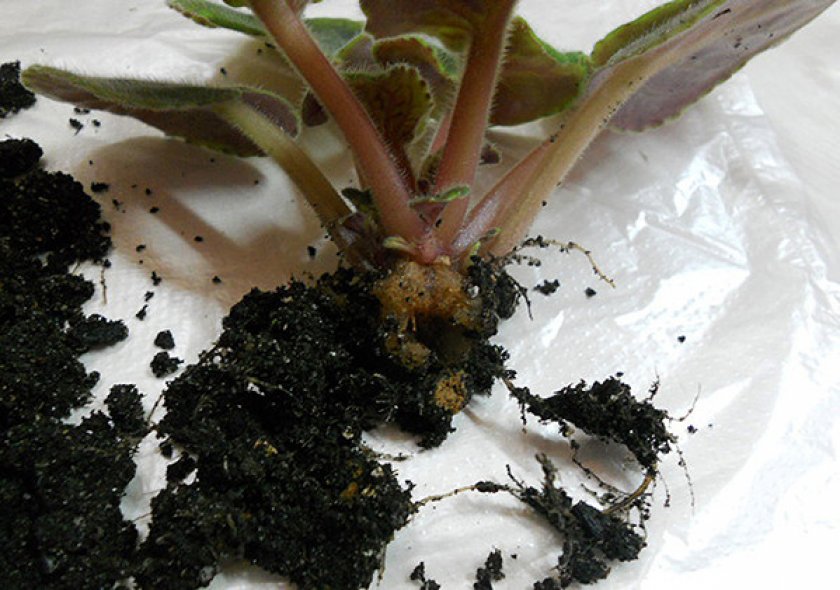
To protect against nematodes, prevention is very important, because it is impossible to get rid of them. This should be remembered when planting and add peat and small dry marigold petals to the soil. It is also recommended to water the plant with infusion of marigolds or peat water, because nematodes do not like peat.
Aphid
Signs of aphid infection are similar to signs of infection with nematodes: twisted leaves, ugly flowers, sticky secretions in which the fungus feels great. Here you can add non-developing buds and a deformed crown of the flower.
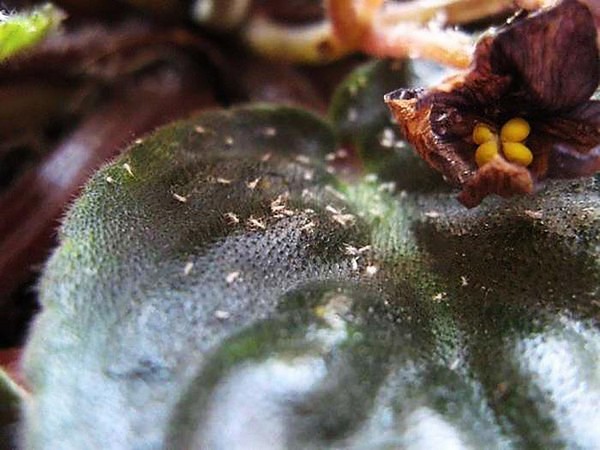
Aphids carry viruses, so you need to get rid of it. Small green or black specimens will die from the soap solution. They need to wash the violet. After a few days, repeat the “bathing”. For advanced disease, you need to use "Actellik", "Fitoverm" and "Intavir".
Mealybug
Meadowworms or shaggy lice, as they are also called, live in buds, on young leaves and shoots. Parasitizing, they can reach a size of up to 6 mm. Irreparable damage to the plant is caused by both an adult worm and a larva. White plaque, very similar to cotton wool - the main sign of an intruder. And also - sweet discharge, in which the fungus feels great.
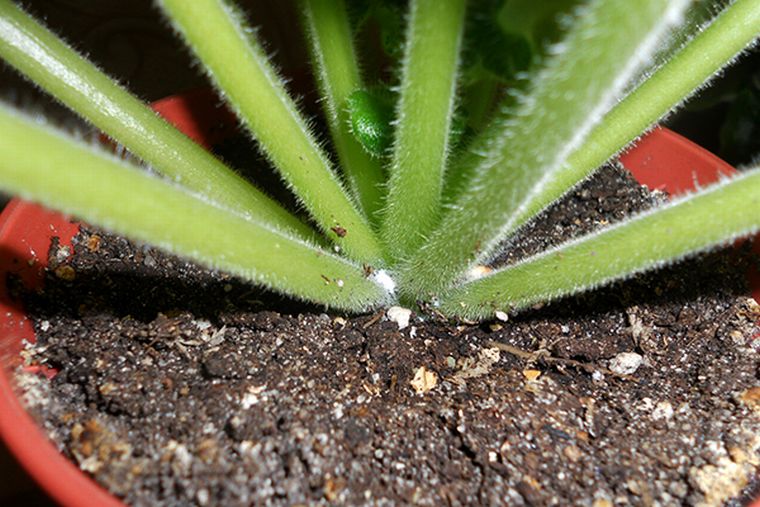
To get rid of this pest, it is necessary to treat the entire plant with a soapy solution, washing off insects and plaque. The second stage is spraying violets with a solution of green soap (10 g per 1 liter of water). This should be done three times in a week. “Mospilan” and “Regent” will help in the fight. They need to water the violet.
Common Growing Questions
For these delicate plants, the correct temperature and watering is important. The state of violets must be monitored in order to prevent the development of the disease in time and protect the plants from death.

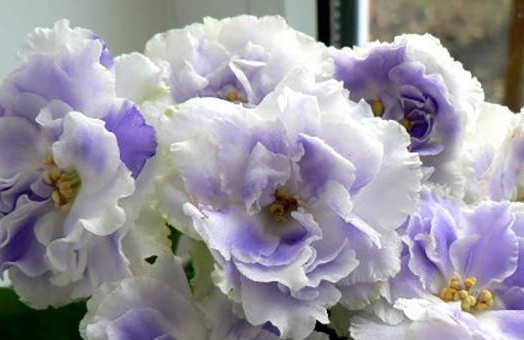
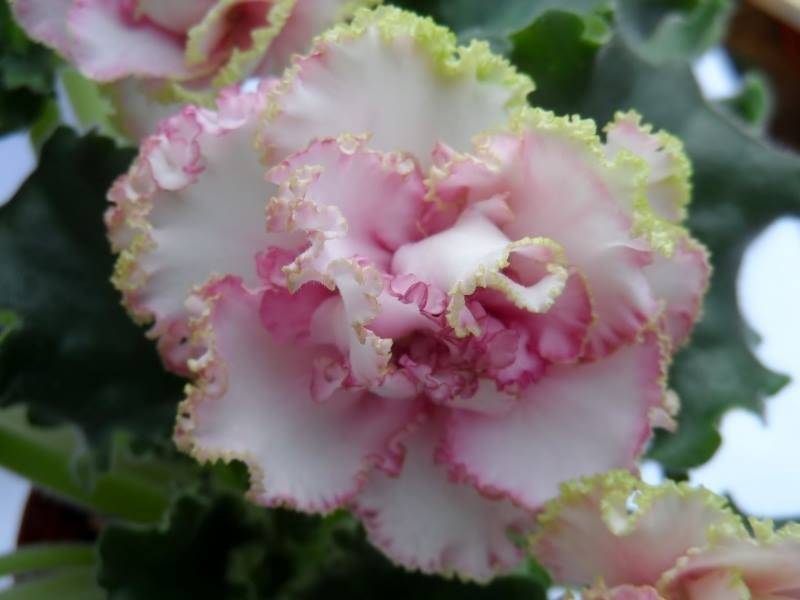
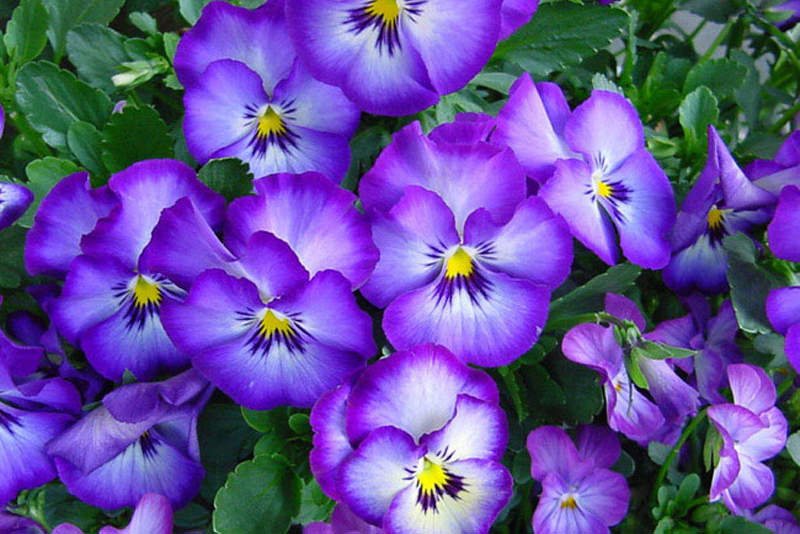
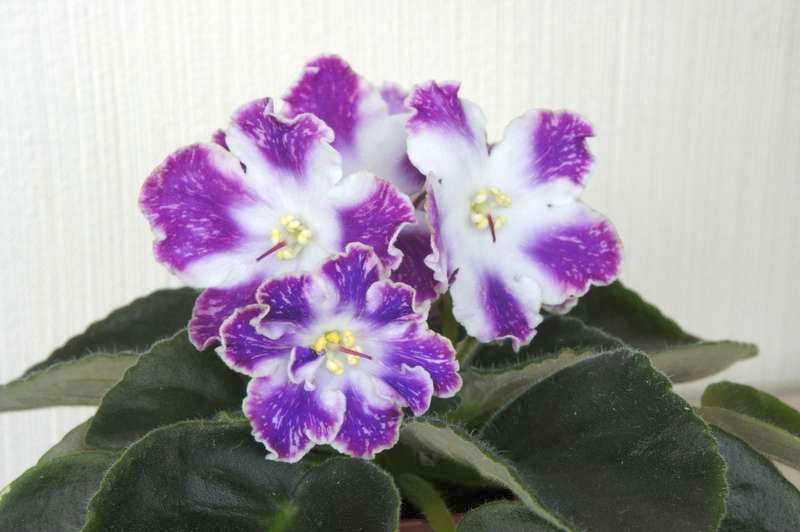
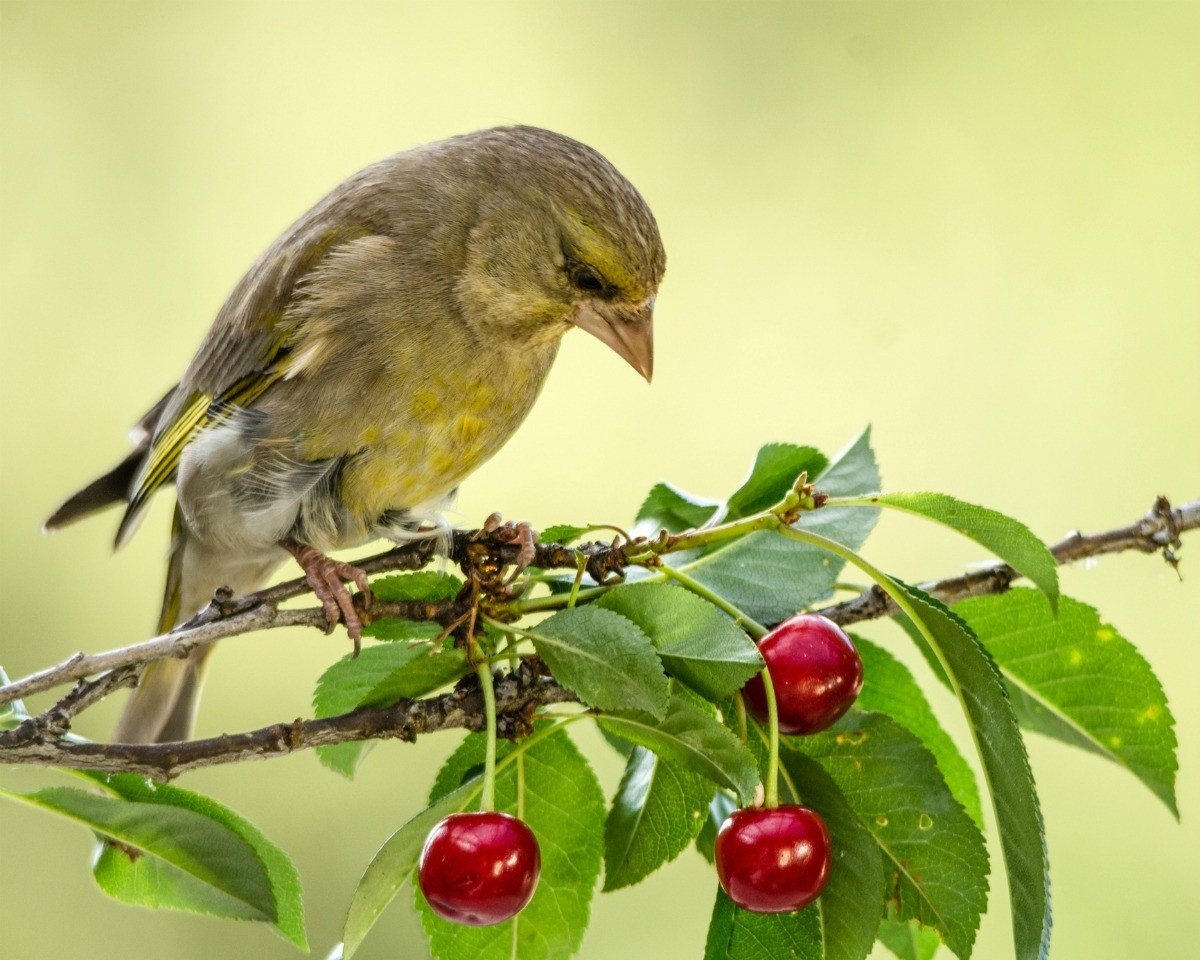
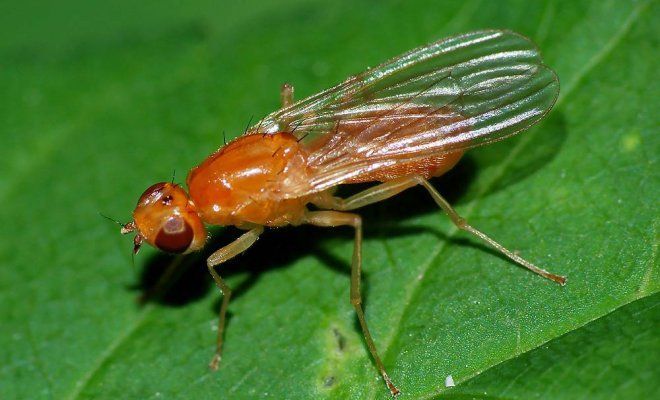
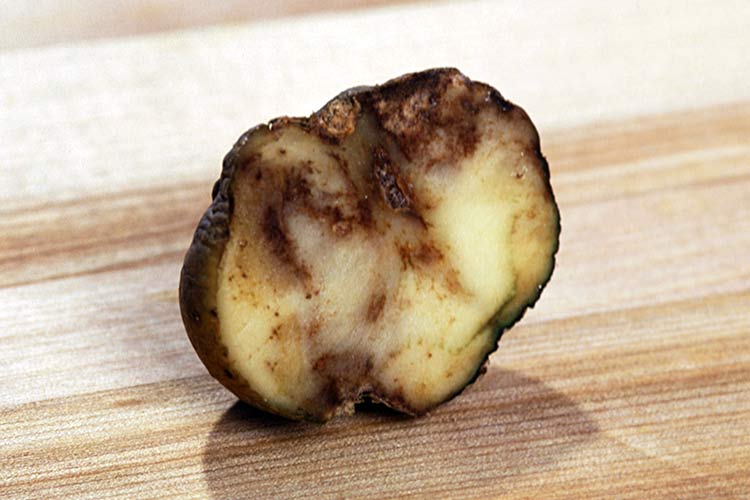
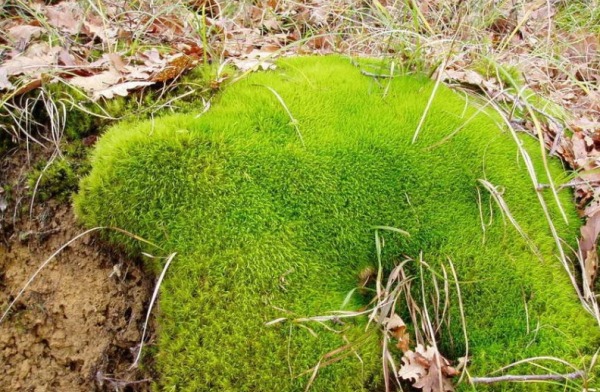 Where does moss come from in the garden and is it necessary to get rid of it?
Where does moss come from in the garden and is it necessary to get rid of it?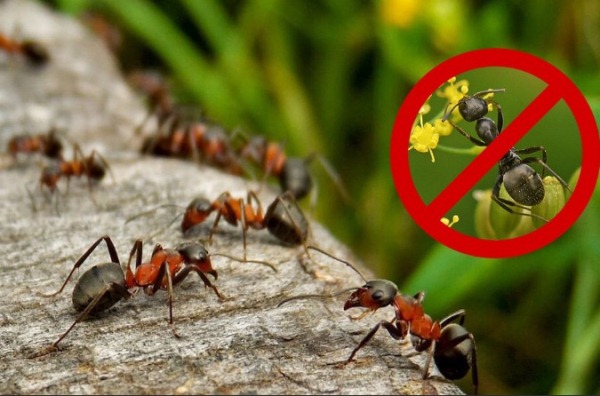 The most effective ways to deal with ants in the area
The most effective ways to deal with ants in the area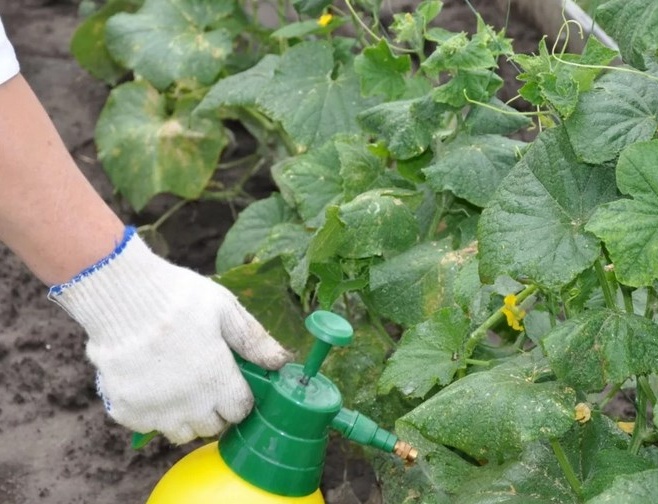 Cockchafer and Bear: An Easy Way to Save Plant Roots
Cockchafer and Bear: An Easy Way to Save Plant Roots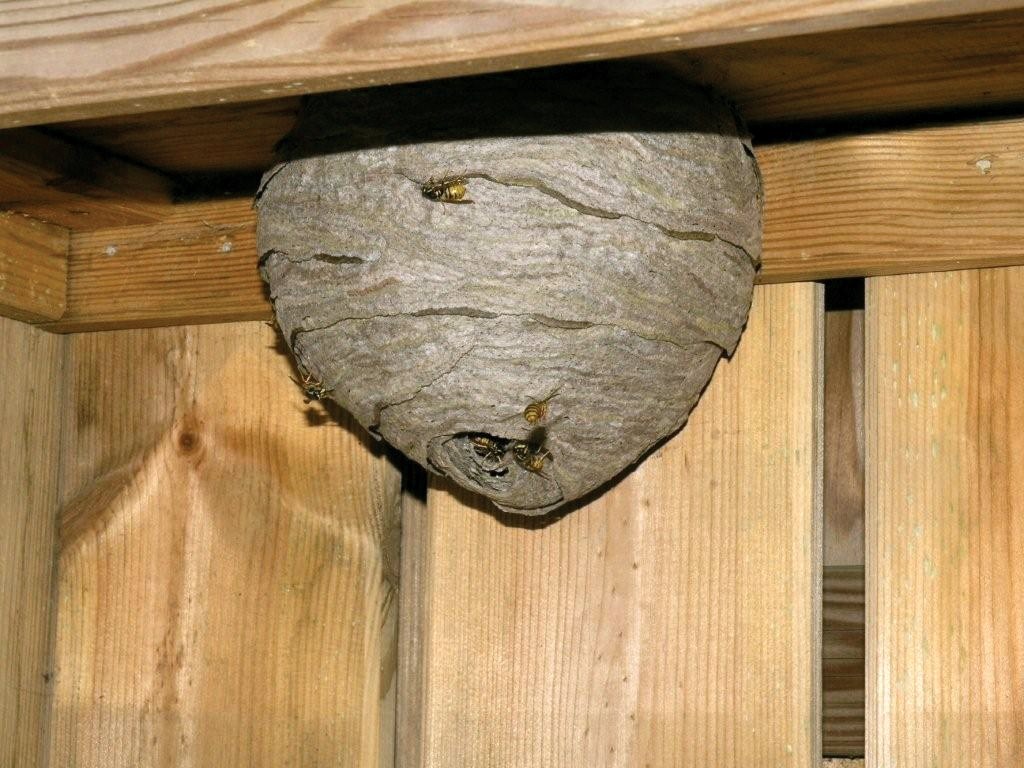 Get rid of the aspen nest quickly and safely.
Get rid of the aspen nest quickly and safely.